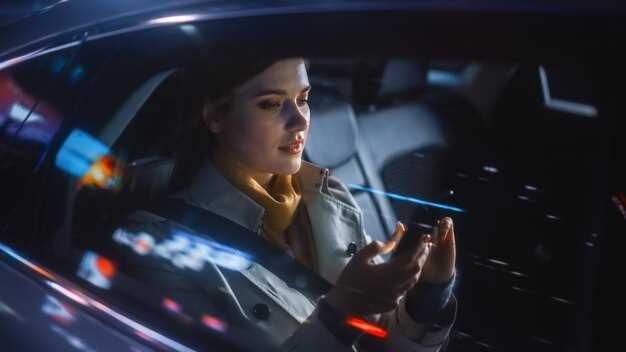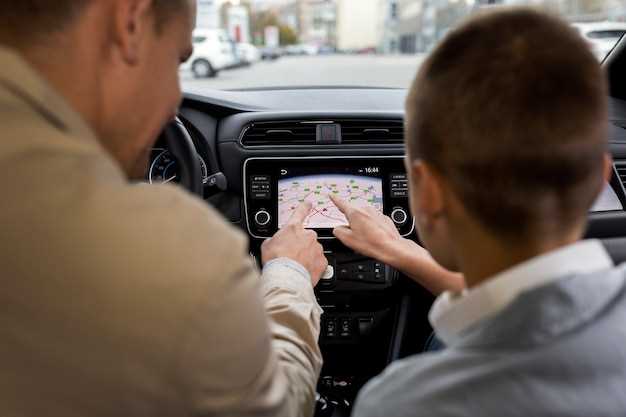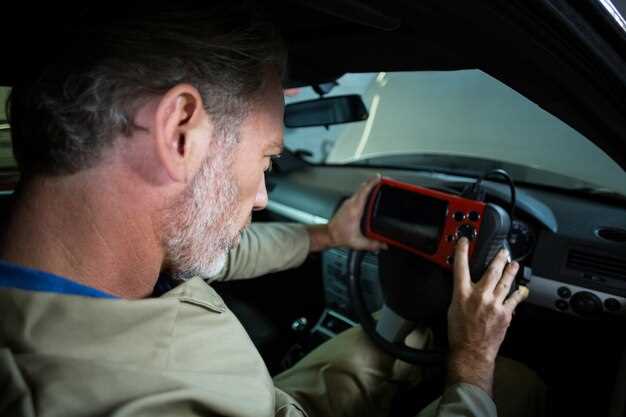
The Toyota Pre-Collision System (PCS) is an advanced safety feature designed to enhance driver awareness and mitigate potential collisions. This system utilizes a combination of radar and camera technology to detect vehicles and obstacles in the vehicle’s path. By integrating these technologies, the PCS can provide timely alerts to drivers, allowing them to react to impending dangers.
One of the standout functions of the PCS is its ability to activate braking support. When the system identifies a risk of collision, it automatically engages the brakes to reduce the severity of an impact or, in some cases, prevent it altogether. This proactive approach exemplifies Toyota’s commitment to vehicle safety, ensuring that both drivers and passengers are protected on the road.
Understanding the capabilities and mechanisms behind the Toyota Pre-Collision System is essential for any driver looking to enhance their safety on the road. By familiarizing oneself with its alert features and braking functionalities, drivers can fully leverage this innovative technology to enjoy a more secure driving experience.
How Collision Alert Works in Toyota Vehicles

The Collision Alert system in Toyota vehicles is designed to enhance safety by helping drivers avoid potential accidents. This feature utilizes a combination of advanced sensors, cameras, and radar technology to monitor the road ahead for obstacles that may pose a collision risk.
When the system detects a possible collision, it triggers visual and audible alerts to warn the driver. The notifications serve as an important reminder to reassess the driving situation, allowing the driver to take appropriate action. This early warning can significantly reduce the likelihood of an impact.
In addition to alerts, many Toyota models come equipped with an automated braking feature that can be activated if the driver does not respond in time. If a potential collision is imminent and the system determines that braking is necessary, it automatically applies the brakes to reduce the speed of the vehicle. This proactive approach helps minimize the severity of an impact or, in some cases, completely avoids a collision.
The effectiveness of the Collision Alert system relies on its ability to continuously track the distance and speed of vehicles and obstacles ahead. By analyzing various factors, including relative speed and closing distance, the system can accurately assess the risk of a collision and respond accordingly. This technological integration not only enhances driver awareness but also contributes to overall road safety.
Understanding Automatic Braking Mechanisms

Automatic braking mechanisms are critical components of modern vehicle safety systems designed to prevent collisions. These systems utilize advanced technology to detect potential obstacles and respond by applying the brakes without driver intervention. This process enhances the vehicle’s ability to avoid or mitigate the impact of an accident.
The central feature of automatic braking is its reliance on various sensors and cameras that continuously monitor the environment around the vehicle. These devices analyze data in real-time to identify potential threats, such as other vehicles, pedestrians, or obstacles in the road. If a collision is imminent, the system provides an alert to the driver, typically through visual or auditory signals, to increase awareness and prompt immediate action.
If the driver does not respond quickly enough, the automatic braking mechanism engages, applying brake pressure to reduce the vehicle’s speed or bring it to a complete stop. This function is particularly beneficial in urban settings where sudden stops may be necessary to avoid accidents caused by unexpected actions from other road users.
The effectiveness of automatic braking systems can significantly decrease the severity of collisions, transforming what could have been a serious accident into a minor incident or completely preventing it. The integration of such systems in vehicles like Toyota enhances overall road safety and contributes to the reduction of traffic-related injuries and fatalities.
Real-World Scenarios: When the System Engages
The Toyota Pre-Collision System (PCS) is designed to enhance driver safety by detecting potential collisions and initiating proactive measures. Below are several real-world scenarios in which the system successfully engages, helping to prevent accidents or mitigate damage:
-
Sudden Stops at Traffic Lights:
When approaching a stopped vehicle in heavy traffic, the PCS uses sensors to detect the distance to the vehicle ahead. If the system determines that a collision is imminent, it issues an alert to the driver. If no action is taken, the system can automatically apply braking to reduce impact speed or avoid an accident altogether.
-
Pedestrian Detection:
In urban environments, pedestrians can unexpectedly enter the roadway. The system continuously scans for pedestrians crossing in front of the vehicle. If a pedestrian is detected and the driver does not react in time, the PCS alerts the driver and can initiate braking to prevent a collision.
-
Rear-End Collisions:
While driving in multi-lane traffic, if a vehicle ahead suddenly decelerates, the PCS engages. It issues a warning alert, and if the driver’s reaction is delayed, the system will apply braking automatically to mitigate the risk of a rear-end collision.
-
Intersections:
At intersections, the risk of collision with cross-traffic increases. The PCS monitors for vehicles that may run a red light. When an approaching vehicle is detected, the system alerts the driver and, if necessary, initiates braking to prevent a potential crash.
-
Animal Detection:
In rural or semi-urban areas, wildlife may enter the roadway unexpectedly. The PCS is equipped to detect large animals like deer. If the system identifies an approaching animal and the driver doesn’t respond, it can provide an alert and engage braking to reduce collision severity.
These scenarios illustrate how the Toyota Pre-Collision System actively engages in real-life driving conditions. By delivering timely alerts and applying brakes when necessary, the PCS aims to enhance road safety for both the driver and others on the road.




